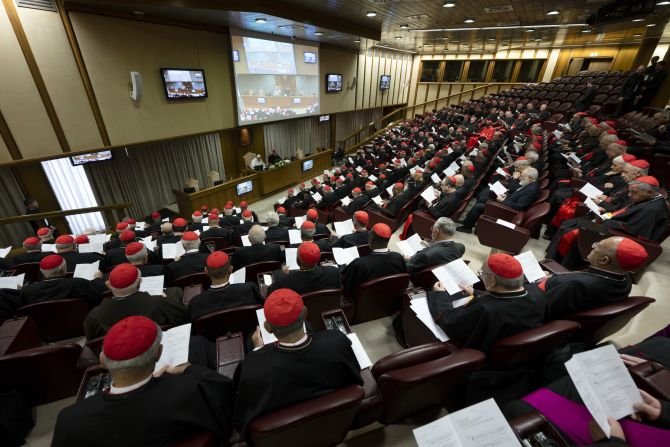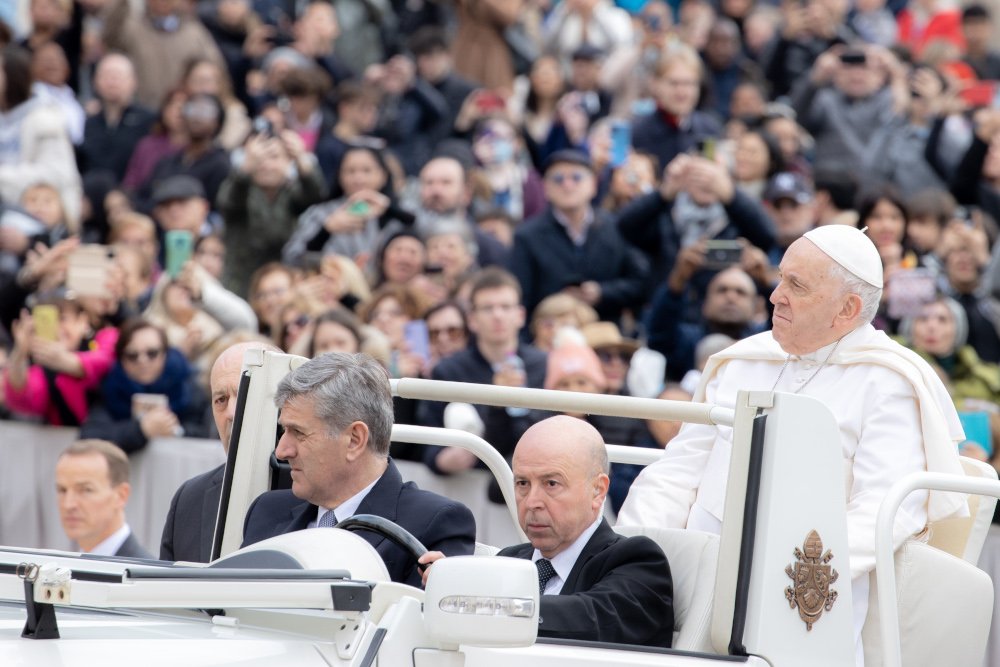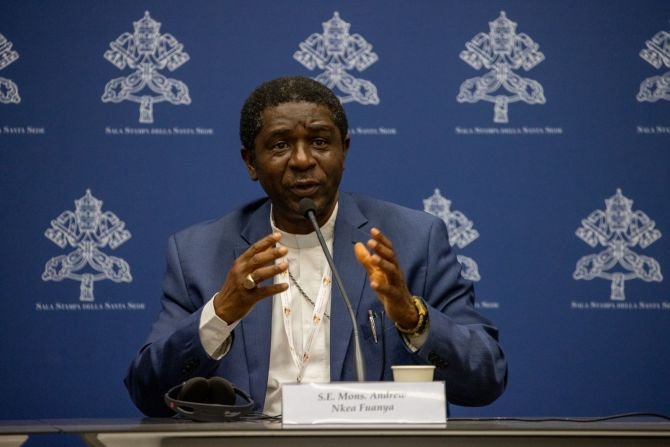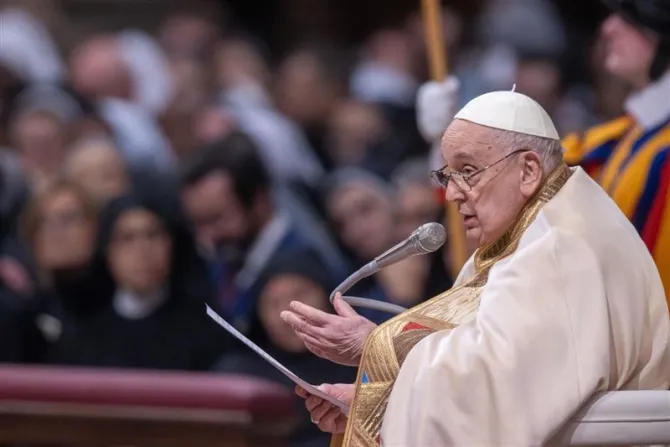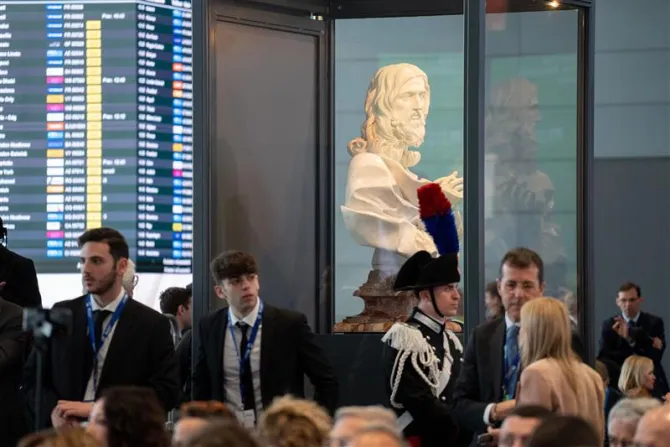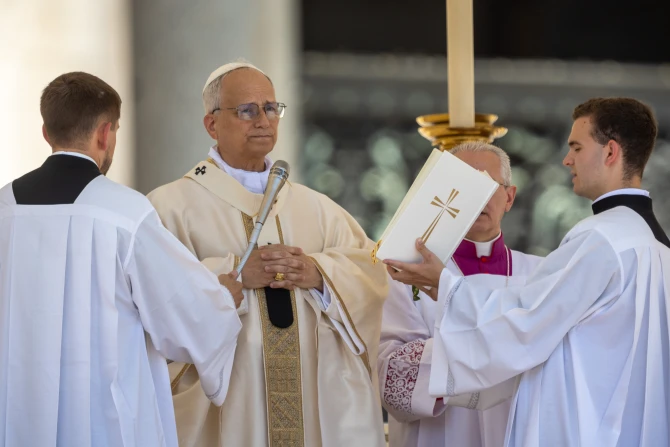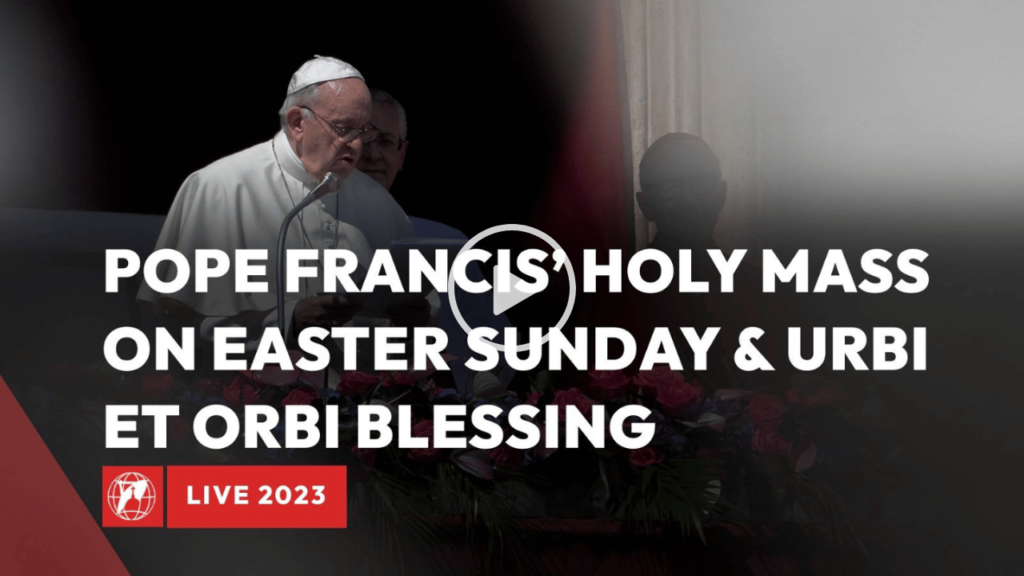On Saturday, Sept. 30, Pope Francis will create 21 new cardinals at a consistory in Rome.
Here’s everything you need to know:
What’s a consistory?
Cardinals are the pope’s closest assistants and advisers, from all around the world. A consistory is a formal meeting of the College of Cardinals. The pope can convene them for a number of reasons. One of the most common reasons for a consistory, as is the case here, is to create new cardinals. The ceremony in which the pope makes cardinals is known as an ordinary public consistory.
Another consistory the pope may convene is an ordinary consistory to vote on the causes of new saints, the last step before a formal canonization can take place.
There are also extraordinary consistories, in which every cardinal is expected to take part, barring a serious reason.
The last ordinary public consistory took place on Aug. 27, 2022. The new cardinals created then included Cardinal Robert McElroy of San Diego and Cardinal Arthur Roche, prefect of the Dicastery for Divine Worship and the Discipline of the Sacraments.
Soon after, Pope Francis convened an extraordinary consistory, which took place Aug. 29–30, 2022, during which the world’s cardinals came to Rome to discuss the new constitution of the Roman Curia, Praedicate Evangelium.
Who is being made cardinal this weekend?
Twenty-one men from around the world will “receive the red hat” and become cardinals at the September consistory.
Among them is Stephen Chow Sau-yan, SJ, bishop of Hong Kong; Christophe Pierre, apostolic nuncio to the United States; Pierbattista Pizzaballa, OFM, Latin patriarch of Jerusalem; and Víctor Manuel Fernández, the new prefect of the Vatican Dicastery for the Doctrine of the Faith.
A list along with an analysis of each cardinal-elect’s spiritual motto can be found here.
What will actually happen at this consistory?
In addition to giving each new cardinal their hat, or biretta, Pope Francis at the Sept. 30 liturgy at St. Peter’s Basilica will place a ring on the hand of each new cardinal while saying: “Receive this ring from the hand of Peter and know that, with the love of the Prince of the Apostles, your love for the Church is strengthened.” They will also each receive the formal decree (or papal bull) announcing their creation as a cardinal.
The scarlet biretta is, as the pope will recite, a “sign of the dignity of the cardinalate, signifying your readiness to act with courage, even to the shedding of your blood, for the increase of the Christian faith, for the peace and tranquility of the people of God and for the freedom and growth of the Holy Roman Church.”
Immediately before, the new cardinals will make a profession of faith by reciting the Creed. They then pronounce an oath of fidelity and obedience to the pope and his successors.
The pope will also assign each new cardinal a church in the Diocese of Rome, called a “titular church.” This further links the cardinal to Rome and to the pope, who is the bishop of Rome.
The other members of the College of Cardinals, clergy, Catholics, and members of the public may all attend a consistory to create cardinals.
So, how many cardinals will there be, and why does it matter?
St. Paul VI established in 1970 that cardinals aged 80 and over cannot participate in the process of electing a pope — thus, cardinals who are younger than 80 are known as “electors.” Paul VI also established a numerical limit for the number of electors, capping it at 120, but the number occasionally has risen above that number.
The number of cardinal electors — and indeed the number of cardinals in general — in the college is always changing, since at any time cardinals may be celebrating their 80th birthday or may have died.
According to the Vatican, as of Sept. 29, there were 119 cardinal electors ahead of the consistory and 102 non-electors. After the consistory, the number will rise to 105 non-electors and 136 electors.
Francis has shaped the college greatly during his 10 years as pope, appointing 98, or 72%, of the current electors after the conclave on Sept. 30. The rest were appointed by St. John Paul II and Pope Benedict XVI. In all, he has named cardinals from 66 countries, including several first-time nations, such as South Sudan, Singapore, and Mongolia.
That percentage becomes important given the current requirement that a candidate needs a two-thirds majority of the cardinals’ votes to be elected pope. This, however, is a provision that Pope Francis could change at any time.
This article was originally published on Catholic News Agency.

